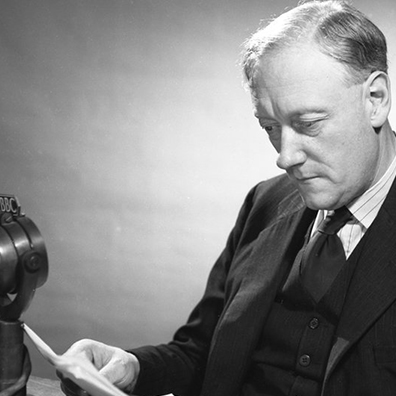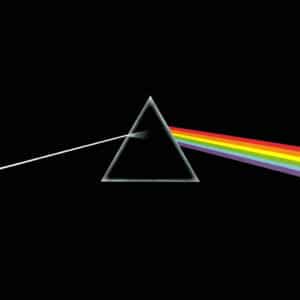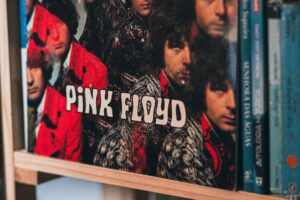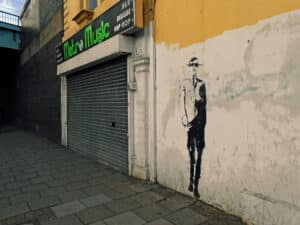
Hollywood talent – Were the actors really better back “then?”

Reading internet comments can be a real eye opener. Some are intelligent and some are downright scary. Opinions can range from those of a genuine expert to people who think the earth is flat, that airplanes emit special tracking chemicals, or that modern medicine is a conspiracy. It’s pretty clear that the experts opinion is a learning experience while the others are a true waste of time.
With that caution in mind, I have found YouTube and IMDb to be real treasures when it comes to comments regarding movies, acting, film-making, and the work that is required to bring a story to the silver screen. Note: Yes, I know YouTube’s comments can be a waste at times, but I am limiting this to film history.
On these sites you can find insightful comments from those who have worked around the stage, the musical world, and in every corner of the entertainment industry. You might not hear any A-list actors chiming in, but you will find those who have done the hard “behind the scenes” work.
I find however, that many commenters hedge a yearning nostalgia for the olden days of film-making. They firmly believe that the actors of today are unequal to those who practiced their trade in Hollywood’s earliest days.
Is this true? Was everything better back then? I agree that it is easy to be mesmerized by the actors and actresses of old, their glamorous lifestyles, and the California sunshine that served as an incubator for the studio “dream factories.” As a relative newcomer to appreciating movies, I set to find out—all from the perspective of an average person of course!

With a few guidebooks from Amazon and resources such as Karina Longworth’s excellent podcast on Old Hollywood, it was an easy step back into film history. Although someone who just wants to watch a movie might not wish to go into so much detail, I wanted to in order to learn about the context in which the old films were made, a background about the actors’ lives, the choreography, etc.
I quickly recognized that the thespians of old had undeniable talents and gifts. Silent era actors such as Clara Bow and John Garfield could reflect their feelings with just their eyes and body language. I bet modern emoji creators are envious of how much raw emotion these actors could reflect without saying a single word.
Bow and Garfield were not alone in the tumultuous decade of the 1920s. There we also find the great Gloria Swanson whose career highpoint would come, surprisingly, years later in the 1950 masterpiece Sunset Boulevard.
Clark Gable, Claudette Colbert, and Cary Grant step out in the 1930s. Not long after we see Katherine Hepburn, Jimmy Stewart, and Bette Davis come to the fore. Davis was, of course, a force of nature in her own right who took incredible career risks by often playing a vampish, dangerous, and disliked woman. She knew her talent however, and used it well.
The MGM studio claimed during this time to have more stars on its payroll than there were in the heavens—and this was not far from the truth. Singing, dancing, and acting were things that most every one of these actors could do and do pretty darn well.
In the 1950’s however, Marlon Brando changed movie acting forever. A product of Method Acting, in A Streetcar Named Desire and On the Waterfront he displayed an intensity and rawness that had never before been seen in Hollywood.
Also, in the 1950’s, we see Montgomery Clift and Elizabeth Taylor do some remarkably strong work. The 1960’s find Paul Newman, Jack Nicholson, and Faye Dunaway turning in outstanding performances.
I would argue that the talent of today is every bit as good, if not better in many ways, than it was during the Golden Age of Hollywood. Today’s actors, are no longer tied to the Studio System that required them to do multiple films every year. They can now spend much more time preparing for a role and bringing the right physicality, accents, and mood to it.
Today, an actor cannot simply be himself/herself, but must completely transform into the role. In other words, the star is no longer just the person but rather must be the role they incorporate.
Daniel Day Lewis, for example, has so deeply submersed himself in his roles that it is impossible to tell that he is even acting. On the screen we don’t think of him playing Abraham Lincoln, but rather being Abraham Lincoln. Can you imagine an old-time actor working this hard on the accents alone?
On the female side, Naomi Watts gave a master class in acting in Mulholland Drive. So wide was her range in this film that you can be forgiven for not always recognizing that it is the same actress—she really was that good.
Actors like Lewis, Watts, and of course Merrill Streep are equal to history’s greats because they internalize the role so deeply that we no longer notice them as actors, but rather as the embodiment, in a single person, of the story and situation.
Comparisons across the years are often unfair because of the context of the age. So while we acknowledge the greatness of the Garbos, Gables, and Garlands, we should recognize what is better today.
The first is that technology has helped immensely in film-making. Modern lighting, sound mixing, set construction, and costumes give today’s director advantages that were unthinkable eighty years ago. In turn, this gives the actors greater latitude in how they play a scene.

Second, the producers, directors, and actors learn from those greats of yesteryear. They know what works and what does not. Acting schools cultivate talent so well, that often an actor cannot help but put in a strong performance.
Third, when we look back, we need to remember these golden stars were, after all, humans who behaved, as we do today, for better or worse.
One on-line commenter wished that she could have spent time with a certain actress of the 1950s “Because she was so gentle and had such a wonderful heart.” Except, I could not help but thinking, when she was involved in very public and very nasty drunken arguments with her husband. We need to separate the actor/actress from the regular person and be realistic about how life was “back then.”
Talent has no start or ending point but rather is a continuum. There were great actors before the movie camera was even invented, just as there are gifted modern thespians who have worked thousands of hours to make it all look so easy.
In fact, I was surprised to learn just how hard these actors really work, and have worked, to get where they are. Like actors from any era, they link talent with gumption and we are fortunate to get to enjoy their work.
So, let’s forget impossible comparisons and just appreciate the talent—no matter if it is from 100 years ago or last February’s Oscars.
Btw, I strongly recommend this thirteen-part series on the silent film era. Narrated by James Mason, it’s a standout: Silent
Until then, happy viewing!
![]()







Interesting article, Neal! I think you’re spot on – films have to be viewed with an eye to when they were made. Shirley Temple movies these days would probably flop, but they were perfect for lifting a post-Depression-era audience’s mood even if just for a few hours. And some physical stunts are still jaw-dropping, even by today’s standards.
Buster Keaton’s “Steamboat Bill” sequence of the house front falling down around him would undoubtedly be handled by stunt actors now, if not just done by CGI. Apparently, even Buster Keaton said he was nuts to do that scene! Thanks for the blog – it was a fun read.
Thanks! Interesting that you mention Buster Keaton. As I was prepping this post, I watched the James Mason narrated series on the silent film era (the link is in the last sentence in case you are interested). One of the episodes was on the stunts that actors like Keaton and Harold Lloyd (he of that famous clock sequence above LA) were doing. Jaw-dropping is indeed the word!
Nearly 100 years later, watching from the comfort of my sofa, a scene like the one you mention, the house falling down around Keaton, still makes me startle. This was, and is many ways still is, physical comedy at its very best.
Your comment is a good reminder to me that there are nuggets of those early days that are still as good today as they were then. I think I should, in an upcoming post, take a look at those areas that have traveled well. A couple of months ago I watched one of the early Marx Brothers’ films. Some of that humor still makes us laugh just as much as it did audiences “back then.”